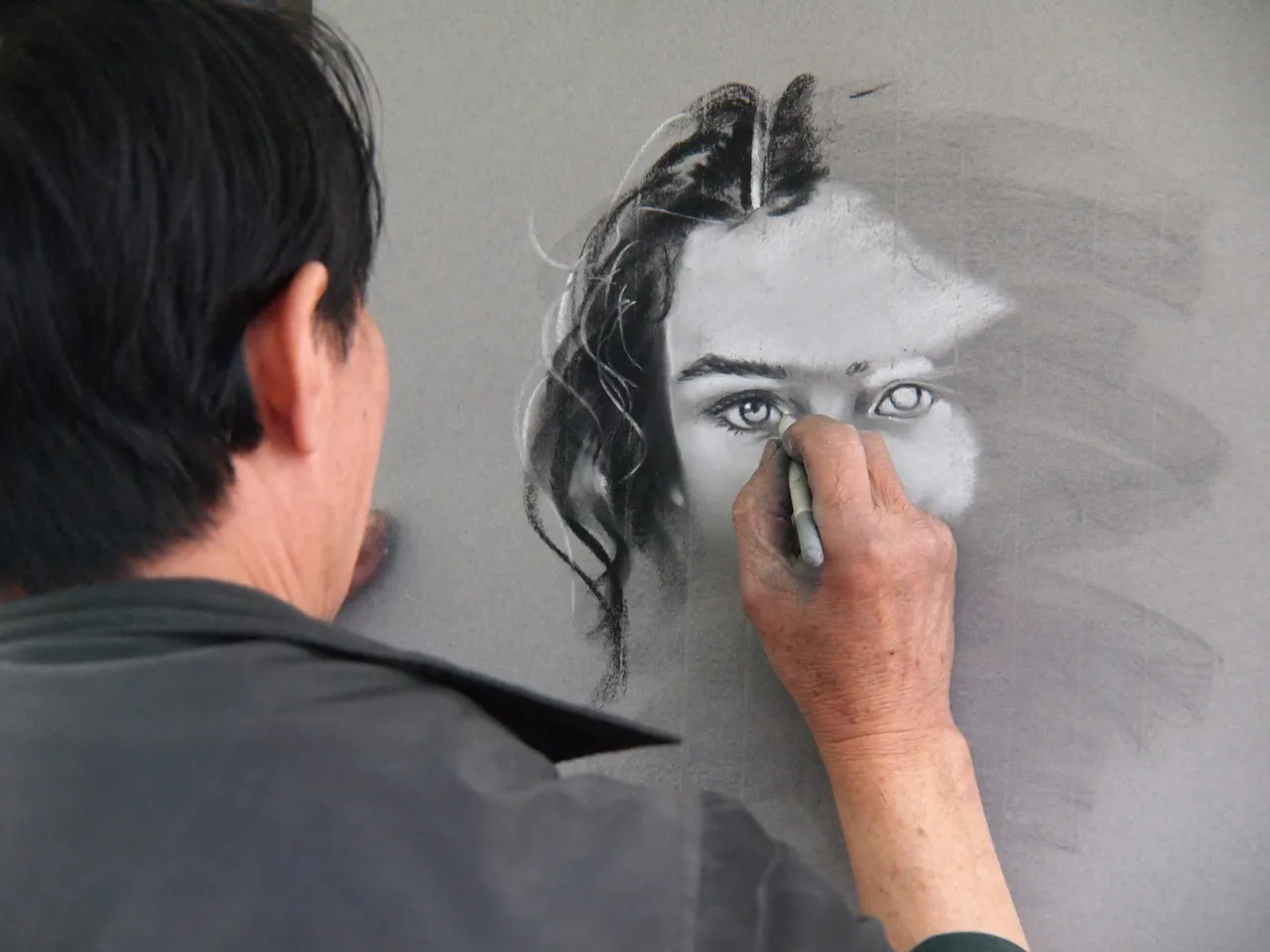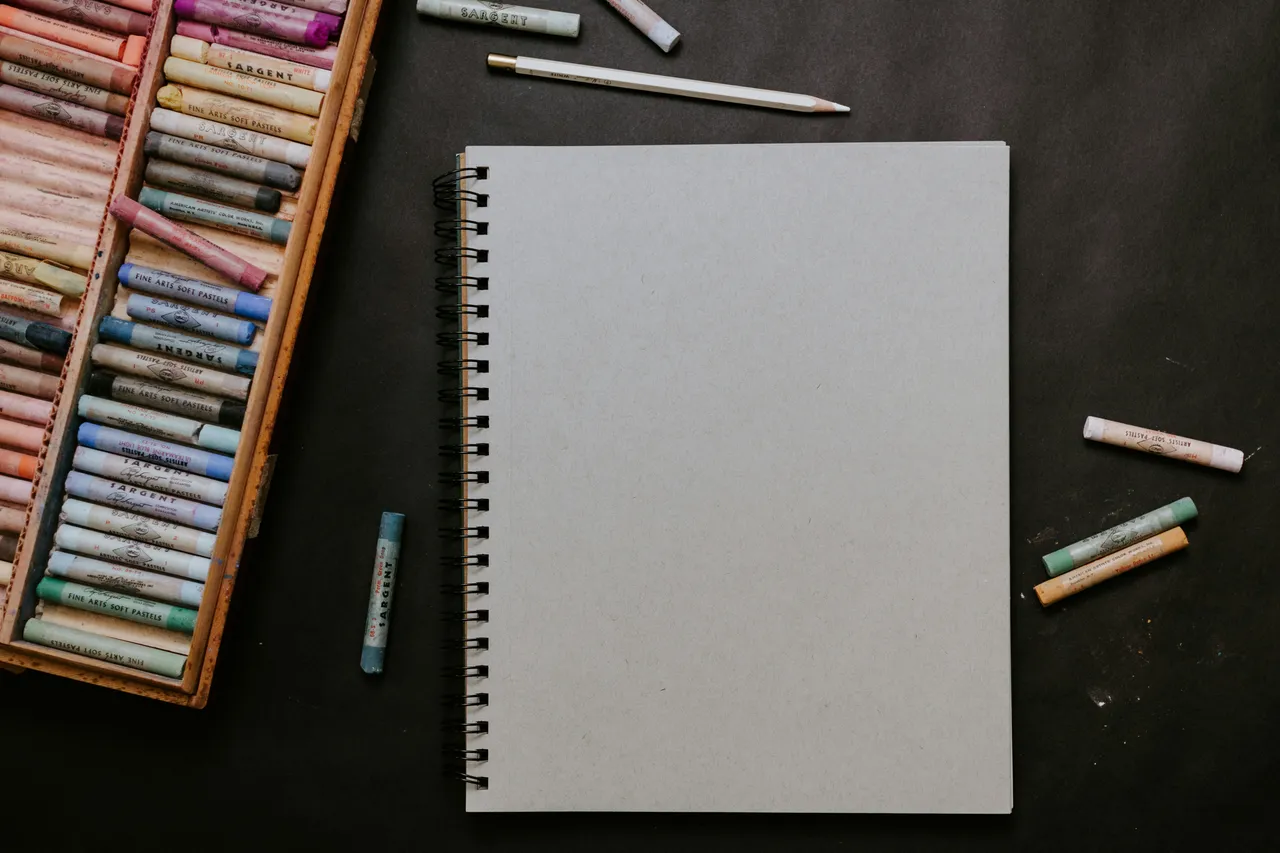
Image info
Embrace the Unconventional: Innovative and Sustainable Art Techniques
Introduction
Art reflects society. As we face environmental challenges, the art world responds with creativity that embraces sustainability. Artists explore unconventional techniques and materials that push the boundaries of traditional art while promoting eco-conscious practices. By integrating innovative methods and sustainable materials into their work, artists create stunning pieces and make a statement about the need to protect our planet. In this article, we will explore innovative and sustainable art techniques, showcasing how you can embrace the unconventional in your artistic journey.
The Shift Towards Sustainability in Art
Recently, the art community has seen a significant shift towards sustainability. Artists are aware of the environmental impact of their materials and processes. This awareness has led to a growing trend of using eco-friendly materials, such as recycled paper, natural pigments, and sustainable canvases. By choosing materials that are less harmful to the environment, artists can create beautiful works of art while minimizing their ecological footprint.
Reducing environmental impact is important. As consumers become more conscious of their choices, artists who prioritize sustainability find new opportunities to connect with their audience. This shift fosters creativity and encourages a deeper appreciation for the resources we use in our art-making processes.
Explore Innovative Techniques
Artists constantly experiment with unconventional materials to create unique and thought-provoking pieces. Here are some innovative techniques you can explore:
Assemblage and Mixed Media Collage
This technique involves combining various materials, such as found objects, paper, and fabric, to create cohesive artwork. By using discarded items, artists can tell a story while promoting the idea of reusing and recycling. Start by collecting items from your surroundings, such as old magazines, buttons, or fabric scraps, and arrange them in a way that speaks to you.
Upcycling Everyday Items
Upcycling transforms waste materials into new products of higher quality or value. Artists can take everyday items, such as plastic bottles, old newspapers, or broken furniture, and turn them into stunning art pieces. This process reduces waste and inspires others to see the potential in what might otherwise be discarded. Look around your home for items you no longer use and brainstorm ways to repurpose them into art.
Using Found Objects for Wall Art
Incorporating found objects into wall art adds texture and depth to your creations. Whether it's using driftwood from the beach or metal scraps from a construction site, these materials can bring unique character to your artwork. Create a wall piece by arranging found objects in a visually appealing way, experimenting with different shapes and colors.
Examples of Eco-Friendly Materials
To implement sustainable practices in your art-making, consider using eco-friendly materials such as recycled paper, natural pigments, and reclaimed wood. Using recycled paper not only reduces waste but also adds a unique texture to your artwork. It can be used for drawing, painting, or collage.
Many artists are turning to natural pigments derived from plants, minerals, and earth. These pigments are vibrant and non-toxic, making them a safer choice for both artists and the environment. Reclaimed wood is versatile and can be used for various art projects, from sculptures to furniture. By using wood salvaged from old buildings or furniture, artists can create beautiful pieces while promoting sustainability.
Case Studies of Artists Embracing Sustainability
Several artists lead the way in sustainable practices, showcasing innovative techniques that inspire others. For example, artist Elisabeth McAlpine creates stunning sculptures from discarded plastic waste, transforming materials that would otherwise pollute our oceans into beautiful works of art. Her work raises awareness about plastic pollution and encourages viewers to rethink their relationship with waste. You can explore her work on her Instagram.
Another notable artist, Diana Weymar, uses upcycled textiles to create intricate fabric artworks. By repurposing old clothing and fabric scraps, she reduces waste and tells stories through her art, connecting viewers to the history of the materials she uses. Check out her projects on her Instagram.
Conclusion
Embracing unconventional and sustainable art techniques is not just a trend. It reflects our collective responsibility to care for the planet. By exploring innovative methods and using eco-friendly materials, artists can create impactful works that inspire change and promote sustainability. If you are an experienced artist or just starting your creative journey, consider incorporating these techniques into your practice. Together, we can celebrate creativity while honoring our commitment to the environment. How will you incorporate sustainability into your art?
This article was developed using available sources and analyses through an automated process. We strive to provide accurate information, but it might contain mistakes. If you have any feedback, we'll gladly take it into account! Learn more

